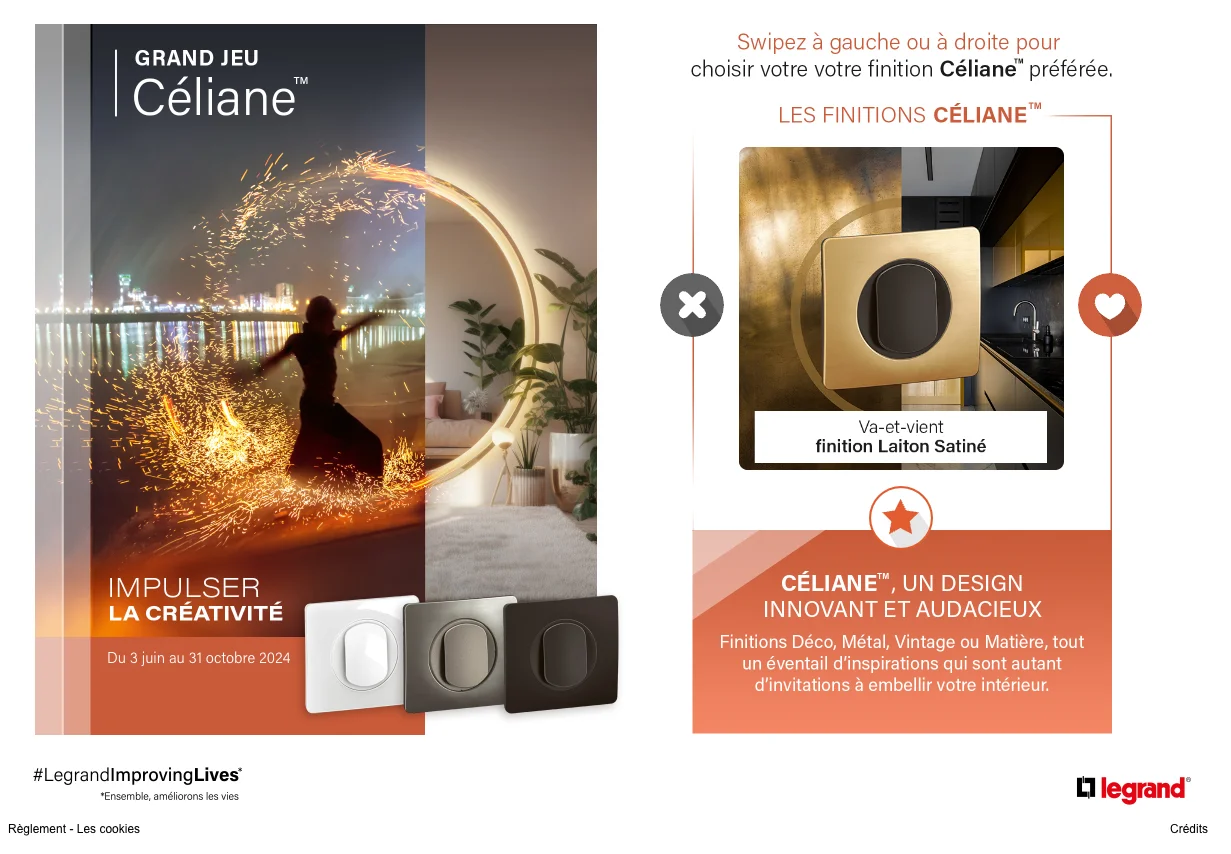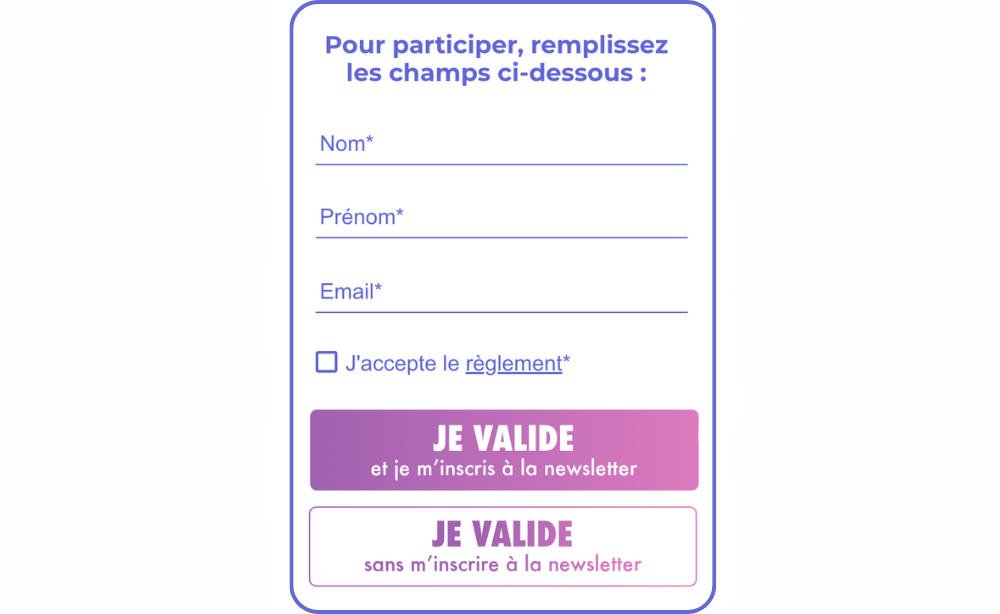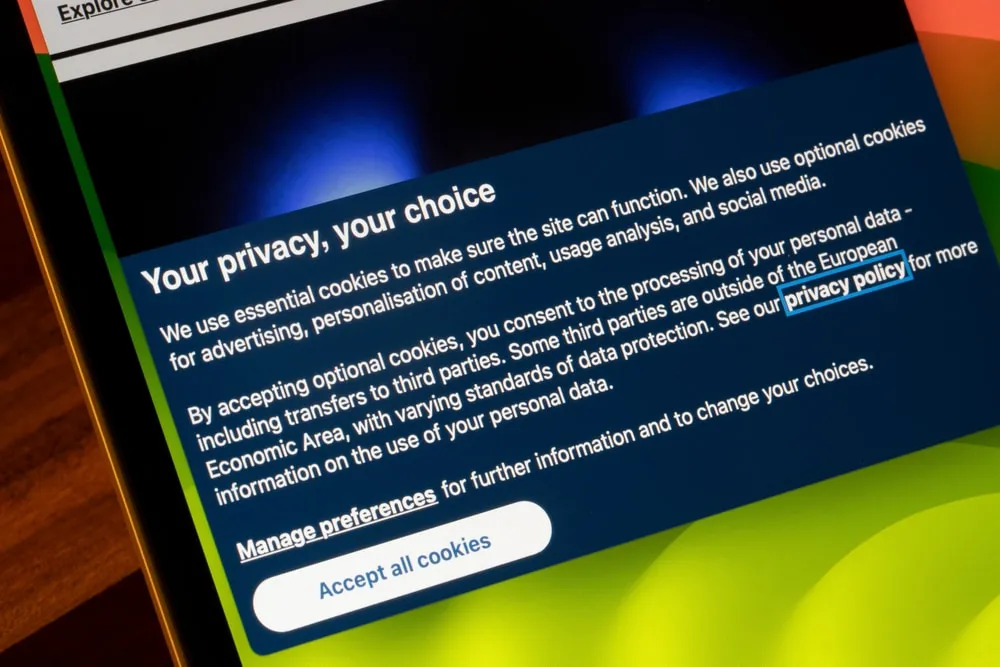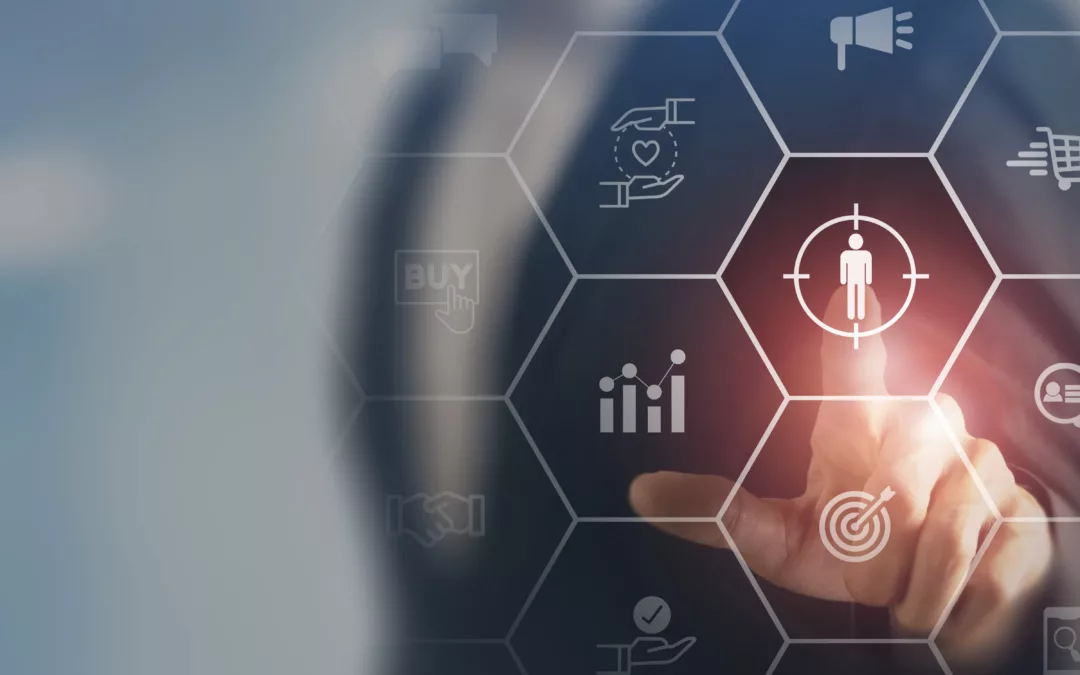
How to effectively collect first-party data?
First-party data is collected directly by the company or brand from users when they interact with it (for example, on its website, app, or other marketing channels).
It is an essential building block of customer knowledge. and an indispensable tool for personalizing the buyer’s experience and making better business decisions. But how can you effectively collect first-party data?
In this article, we share ideas for interactive and fun levers that encourage consumers to share relevant information with brands.
What is First Party data ?
First party data are the information collected directly from one’s audience or customers. It’s about data that the company collects during interactions with consumers, whether they visit its website, engage with its social media posts, or make a purchase on its online store.
This data is inherently more reliable than information collected in a less direct manner. (such as through a third-party site) since they come directly from the source. Throughout the customer journey, prospects or customers share personal information (such as their email address, location, age) as well as consumption preferences (budget, preferred purchasing channel, etc.).
This data then allows brands to design marketing campaigns and personalized shopping experiences, which are more likely to convert and retain customers.
Why is first-party data important?
The main advantage of first-party data over other types of data (such as third-party data) is its reliability and level of accuracy. Indeed, proprietary data is, as noted, shared directly and voluntarily by the brand’s target audience.
As a result, collecting first-party data allows companies to refine their customer knowledge while complying with current regulations on privacy and data protection (such as the GDPR in Europe).
A collaborative study conducted by Google and Boston Consulting Group revealed that marketing campaigns leveraging first-party data can increase revenue by a factor of 2.9. while reducing costs by a factor of 1.5. Additionally, according to a Convert study, 92% of marketers consider proprietary data essential for their company’s growth.
How to effectively collect first-party data ?
Nowadays its more and more complicated to collect first party data. Indeed, consumers are more cautious about how their data is protected and used by companies. Additionally, governments and major technology giants have also restricted access to third-party data.
Brands must therefore find new ways to encourage their prospects and customers to voluntarily share personal information. Gamification is a very effective collection lever as it makes the process more enjoyable and engaging, while also rewarding users.
Indeed, studies show that 90% of consumers willingly provide first-party data when they perceive a fair exchange. Transparency is also crucial when it comes to capturing and using proprietary data, as it helps build user trust.
Here are 4 first-party data collection strategies that rely on interactive marketing.
1. Collect first-party data with interactive surveys or quizzes
One very effective way to collect first-party data is simply to ask your audience for their opinions through a survey or test their knowledge through a quiz.
L’entreprise peut ainsi recueillir de précieuses informations sur les préférences de ses prospects pour personnaliser ses futures campagnes.
Denmark’s largest bank, Danske Bank, for example, shared a quiz on a complex topic but central to its audience: how homeowners can obtain public subsidies to make their homes more energy-efficient. It created a quiz that not only allowed it to educate its clients, but also to collect targeted information about a specific segment (homeowners).
Interactive surveys also allow for data collection to better segment your audience. For example, a brand can gather customer preferences by asking its followers about their favorite product. Based on the results, it can target each segment with a series of clickable stories featuring only products in the chosen color or material. The collected data can also be used to personalize email campaigns or push notifications for its e-commerce app.

2. Reward users to encourage them to share data
Consumers are more likely to share their data if they see a benefit in doing so. A good way to motivate them is to offer them exclusive discounts in exchange for information about their purchasing preferences, for example. The brand can then run a 100% winning contest through which participants receive e-coupons after filling out a form asking for their opinions on a topic.
Companies can also maximize the acquisition of first-party data by using more strategically their subscription or registration forms (for example, to a newsletter). They can encourage website visitors to subscribe to a mailing list or create an account by highlighting the benefits they will receive (such as a discount voucher, early access to new features, etc.).
This not only establishes a direct connection with users but also allows for the collection of essential information to create tailored marketing strategies.
3. Collect first-party data through your loyalty program
The development of a loyalty program is an effective way to collect first-party data while fostering customer engagement. As users progress through the program, the brand can gather valuable information on their preferences, behaviors, and purchase histories.
Starbucks is an excellent example of how a company can capitalize on its loyalty program to collect proprietary data. Customers earn “stars” for each purchase, which they can then redeem for free food and drinks.
But to join this program, customers must register and provide personal information. As they make purchases, Starbucks collects valuable first-party data, such as their purchasing preferences. This data allows Starbucks to offer personalized promotions, thereby enhancing customer loyalty and retention.
4. Create and share interactive content
Creating interactive content, which goes beyond traditional photo or video posts, also allows for the collection of first-party data. By offering users dynamic and participatory experiences, brands encourage them to share valuable information.
MM’s, for example, capitalized on the popularity of puzzles by launching an interactive campaign on its social networks: Eye Spy Pretzel .
This marketing game challenged users to find a pretzel hidden in a picture filled with MMs. To unlock it, participants were asked to fill in a simple form.
In addition to collecting data and optin, the campaign was a huge success, resulting in a significant increase in engagement and brand awareness.
Conclusion
To collect first-party data and engage your audiences, your brand can leverage creative strategies. Gamification will not only transform data sharing into an interactive and enjoyable experience but also reward users and convert them more effectively into customers. Discover all our gamification mechanics to energize your data collection strategy.










